By: Diana Agudelo
About LonTalk and standardization
It's hard to fail to notice that the industry's attention is focused on both BACnet and LonTalk, especially in recent years. Both communication protocols have become the most prominent tools for delivering interoperable solutions for commercial building control systems.
Some vendors insist that only BACnet works as the standard in automated building control, but LonTalk has been gaining traction; even some are waiting for the industry to agree and determine which of the two may be the most suitable. The fact is that each protocol has its merits and both have a great future in the interoperability of building automation systems.
It is important to remember that LonTalk is a protocol regulated by a standard (ANSI EIA/CEA-709.1-A-1999 or EN-14908) that allows the interaction of hardware and software such as controllers, sensors and thermostats to name a few devices that interact with each other, and at the same time with the software of the building management system. The Metasys system allows interaction with other languages or protocols in the same system, that is, it can have information from Lonworks and BACnet devices from any provider that complies with the established standards and the N2 protocol at the same time and on the same workstation.
History glimpses its future
In the late 80s, the Echelon corporation began the development of the Lonworks platform with the belief that it would become a universal standard for control networks. Control networks are any group of devices that communicate one by one at the same level, which can be sensors, controllers, actuators where communication is dependent, has a network administration and provides full access to the data network. A Lonworks control network uses the LonTalk protocol to complete those tasks. Lonworks technology has become a universal standard for control networks and literally thousands of companies develop products based on these standards today.
Standardization started from the bottom and has been going up. First were the wiring networks and systems that linked the sensors with the control devices, which then opened the way to open protocols.
On Lontalk, Ron Bernstein of the Echelon corporation, states that "technically, the standards cover the seven layers of the OSI (Open Systems Interconnect) reference model from the physical interfaces such as connections, power lines, RF and IP, and all the layers that may exist between them. By creating a common language that allowed developers to focus on their applications, the times for new product development were greatly reduced and the effort to make products interoperable was simplified. After all these years manufacturers have developed thousands of products supported by LonMark, which has pioneered the concept of open, integrated and interoperable systems."
Efrén Márquez of Honeywell adds that "Echelon had the vision to develop something that could transform system integration into something totally interoperable. The traditional interface with proprietary hardware and software has been replaced by interoperability through the use of common protocols and standard software. Special systems – lighting, fire, air conditioning, security – can transparently obtain information to communicate and work together."
"This led to an important change in the way control systems and networks are designed. Like everything, if you start from good roots, in the end you will get a firm foundation to grow and improve. Echelon and Lonworks, with their LonTalk protocol, started from the ground up, which are the devices that interact with and control physical variables, and are working to develop this same device-level interoperability to system-level interoperability, to enterprise-level data exchange. Always with a view to bringing a better system for the benefit of all customers and users."
Protocols at hand
Since its birth LonTalk established different types of rules with other languages of considerable recognition such as BacNet, ModBus, Zigbee and its parameters are based on these three differentiators:
1. Established very defined rules of communications that made it easier for manufacturers to produce controls that could easily talk to other controllers of different brands, without having to know what others were doing.
2. These rules, defined to make it easier for manufacturers to standardize and exchange software tools for the management of networks, graphics and programming, allow the contractor and builders greater freedom to choose the right product for their project.
3. Lontalk, was designed to be applied to any smart device from many industries, while the ModBus was first designed for industrial applications, BACnet for commercial buildings and Zigbee for wireless applications.
The difference is basically the very essence of the creation of the lonworks system operating concept. That is, Lon uses the Lontalk protocol to communicate at a device level and uses a logically flat, point-to-point (P2P) architecture just as it happens on the Internet. Point-to-point communication avoids control hierarchies or gates and enables an imperceptible integration of different systems, including lighting, security, heating, ventilation and air conditioning, access, etc., at all levels.
In this regard, Márquez believes that "in my very personal point of view, that more than technological issues, it is the commercial aspect that makes it difficult to communicate devices based on the LonTalk protocol with those based on some other different. From the simple fact of counting Lonworks, BacNet, ModBus, Zigbee, Dali, oBIX, etc., we can realize that in some way, having translators (gateways) will always be a necessary good or bad. As new protocols and/or languages continue to be developed, instead of debugging, improving and/or unifying existing ones, universality will be increasingly distant. Echelon, aware of this, is working on being able to use the benefits of other standard protocols, to develop a better solution, such as oBIX in terms of web services. In the end, this is very much like saying when we will profess in the world a single 'religion', since it is more a matter of man than of technology itself."
Along the same lines, Jorge Cruz of Johnson Controls, believes that "each protocol offers its advantages and are being guided by different associations that seek in a certain way the universality of communication; for example, BACnet emerged as a proposal of the ASHRAE to encompass in the same communication channel the different suppliers of control systems for air conditioning, leaving an open protocol between suppliers; so also LonTalk, takes the concept of the industrial protocol as the Modbus and adds features that make it unique and improve the operation and interaction of devices in a control network. Currently the 'wireless' technology is flooding the markets and new protocols have already appeared under this technology and will be the one that proposes the new solutions for building automation".
Bernstein, from Echelon, also reminds us that "communications between controls are very similar situations to communications between nations. Translators who are accurate, reliable and fast are needed. Any communications platform must be translated to communicate with any other platform. This is not the problem, the real issue is the cost and complexity that comes with doing so. There are many companies that specialize in building gateway hardware or software that translate information. But the problems continue to be numerous, among the most important are the ability to repeat and the need for custom engineering, to be able to 'make them talk'. The costs of such solutions are often more important than simply choosing multiple languages."
A targeted conversation
Much has been said about the unification of languages as a first step for standardization, but ultimately it can be said that this is a difficult result and that what is aimed at is an IT solution that will allow many subsystems to share information on a common front or server, but this is only part of the problem; however, this small implementation allows a simple device to monitor and control the system, although it does not allow smart devices to work with different protocols, and at the same time share data and sequences of operation, with each other efficiently.
Bernstein explains it this way: "In the controls industry, doing that would be like running the HVAC with BACnet, Modbus for measurements, Lon for lights and access and the IP platform for the final front. Now imagine the room occupancy app, in which a person enters a room, turns on the lights, the HVAC system ventilates the room, the security system is notified, and an energy system starts making an account and then passing it on to the user. All these components react to a simple use of information, that is: 'occupied piece' that comes from a single sensor. Having all these protocols would make the application very complex and expensive to install, but today it is done everywhere around the world and the energy savings, coupled with the comfort of the occupant, make it a very desirable system."
But for this type of application to be much more common, the cost of the system needs to be lowered, the installation needs to be simplified, and the usability needs to be more reliable. Connecting multiple protocols through gateways and translators makes this a virtually impossible and very expensive job, but using LonTalk as a cornerstone of the network can greatly simplify the process and reduce installation costs.
It may one day be possible to have a protocol for all systems to communicate, but for now the most likely candidate is an IT solution, although so far there is little evidence in the market about advances in IT controls. There are still many costs in the IP system, such as maintenance and installation. For the near future, there may be a communications column for intelligent controls, which will be linked by IT platforms.
Patrick Winkelman of Distech Controls says, "The main difficulty is getting LonTalk to speak with other languages, since the other languages have varying degrees of language ownership. Because of this, you need a translator who specializes in the other languages. With regard to the goal of having a universal language, this is as unlikely as it is to put all of Latin America to speak in Castilian Spanish. What can happen is the standardization of a language at the level of communications networks. That emerging standard is OBIX or a language derived from HTML, which each manufacturer can publish when the information in oBIX is required to share with other drivers."
Jorge Cruz gives us some light on its importance when he states that "the Lontalk protocol implements the innovative concept of Network Variables (NVs). NVs greatly simplify the tasks of designing Lonworks application programs to interoperate with multi-vendor products; and facilitate information-based design than command-based design. These characteristics of Lonworks of sharing information (inputs and outputs) between controllers to generate control sequences between devices that share the same network, is a great application that facilitates programming and in some cases even avoids using more sensors and / or controllers that would raise the cost of the project. "
What language does Latin America speak?
LonTalk has evolved to become a standard adopted by many industries. With the belief that the future for this type of language can still be adopted for many years, there is nothing left to ask ourselves about our region and the adoption of language in our countries. Our interviewees helped us to discern from a very close point of view, what Latin America can expect in the future.
Jorge Cruz, of Johnson Controls, believes that "with the opening of markets in Latin America, there has been an increase in terms of technological innovations entering this part of America. This is the case of LonTalk that has a great demand for devices under this communication protocol, as well as BACnet, which has also entered these markets and are in great demand because they are the novelty in that sector. Johnson Controls currently has distribution of both Lonworks and BACnet equipment that meets the needs of the Latin American market."
Efrén Márquez of Honeywell, concludes by saying that "it is used, since it has a greater distribution of applications, which not only includes HVAC or lighting, but can go further, including but not limited to security, energy, industrial automation, etc. However, the evolution of the rest of the existing protocols and the emergence of new ones, has brought with it a great competition and as a consequence a great segmentation in the market".
Patrick Winkelman of Distech Controls, begins by saying that "from my business with Latin America, I find that many people are interested in using control protocols that do not force them to use a single brand. They want the freedom to choose, they don't want their customer base to be just from a single factory. The LonTalk protocol gives them the freedom to have whatever they want. Now the challenge they face is how to break free of their proprietary control systems without losing access to the parts they need to maintain the system. The answer: it will never be too late to make a good decision."
BOX
LonTalk for Beginners
The same general definition of "LonTalk protocol" tells us what functions it performs. They are the set of rules used in Lonworks networks to standardize communication. It defines a standardized way for devices to exchange information.
•With the help of this protocol, the devices can "talk" to each other so that together they can perform a specific function, such as an automation system, for example ventilation, heating and air conditioning (HVAC).
•Applications can be very varied depending on the design of the same device. In the end, if it is required to be involved with someone else within a network, that is where the LonTalk protocol makes its appearance to regulate communication between them. To mention some applications we have: HVAC, access control, lighting, transportation, energy, etc.
Beyond LonMark
LonTalk's technical reach is not simply for device certifications. At the moment they also certify System Integrators. With this, the company hopes that this new direction will lead builders and specifiers to have more confidence in the concept of open control systems and in the longevity of their investments. LonMark International has also launched a new professional accreditation system, in an effort to maintain standards in an industry that always demands qualified professionals. Just like the online training program. For more information go to the official site: www.lonmark.org










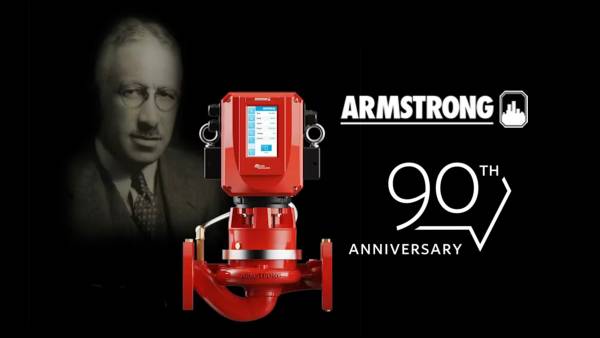
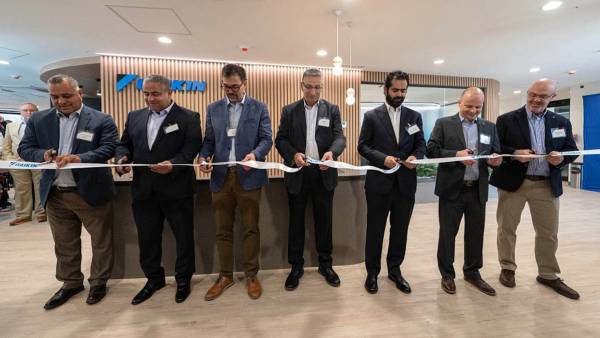
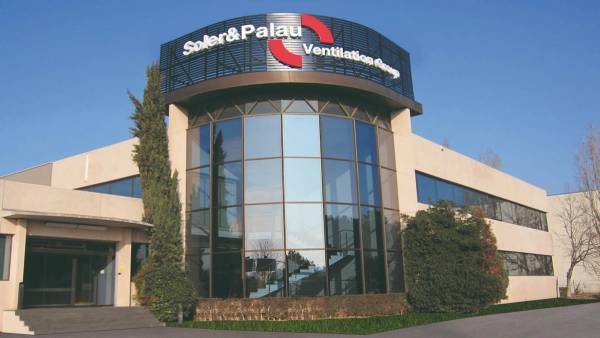

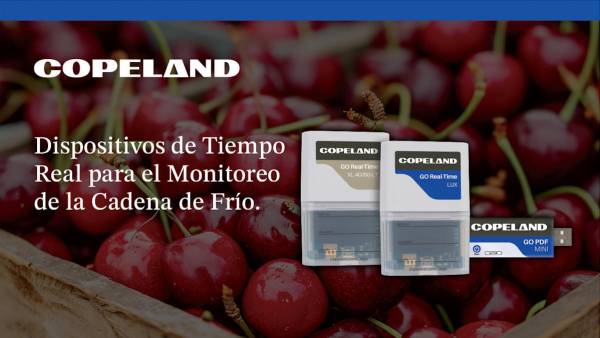
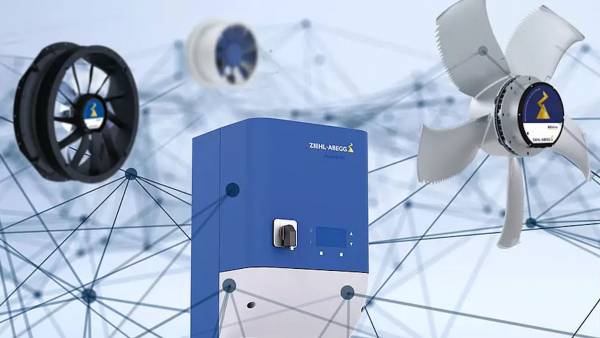








Leave your comment